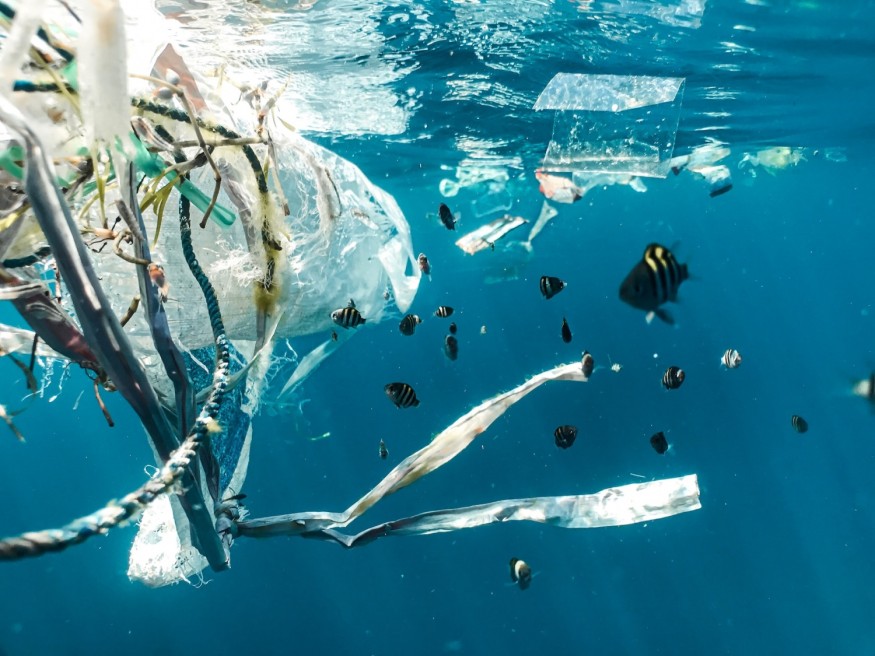Marine plastic pollution is one of the most pressing ecological, environmental, and health challenges of the 21st century, as plastic debris has gradually accumulated in different bodies of water across Earth. The plastic crisis in general not only endangers marine animals in the world's oceans and freshwater environments but also threatens human public health. This is especially the case for the smaller forms of polymer-based synthetic materials called microplastics and nanoplastics.
In a breakthrough discovery, scientists recently found a type of plastic-eating zooplankton called "rotifers" that live in marine and freshwater ecosystems that can consume and break down microplastics, according to reports earlier this week. However, instead of addressing the ongoing plastic crisis, a research team led by the University of Massachusetts Amherst in the United States have determined that rotifers were producing quadrillion plastic particles each day.
Plastic-Eating Plankton

In the study published in the journal Nature Nanotechnology on Thursday, November 9, both marine and freshwater rotifers are capable of microplastic fragmentation that contributes to the global nanoplastic pollution. The scientific paper led by researchers in China addressed that there is a knowledge gap on the role of aquatic organisms in the biological fragmentation of microplastics and stated their contribution to global aquatic plastic pollution remains poorly understood.
The research team presented a 'biological fragmentation pathway' that creates nanoplastics when rotifers ingest microplastics. The team highlighted that the aquatic zooplanktons could rapidly chunk their way on polystyrene, polyethylene, and photo-aged microplastics, where smaller particulates are released during the ingestion of rotifers.
Also Read : Robotic Fish That Sucks Microplastics from Waters Could Address Earth's Growing Microplastic Pollution
Marine Plastic Pollution
Since plastic and its smaller particles are nearly indestructible, the accumulation not only of microplastics but also nanoplastics in marine and freshwater ecosystems threatens marine species; which can ingest or be entangled by plastic debris that often leads to severe injuries and death.
In the context of marine plastic pollution, more than 400 million tons of plastic are produced annually for a different variety of applications, according to the International Union for Conservation of Nature and Natural Resources (IUCN). In addition, at least 14 million tons of plastic goes into the ocean ever year, with plastic consisting of up to 80% of all marine debris found from surface waters to deep-sea sediments, the IUCN reports.
What are Rotifers?
Rotifers, also called wheel animals or wheel animalcules, are microscopic aquatic animals under the phylum Rotifera. The plastic-eating animal was first described by Rev. John Harris in 1696, comparing it with a large maggot that can compress itself into a sphere-shaped figure and stretch itself back to normal, according to the Global Biodiversity Information Facility.
Aside from freshwater environments, rotifers can also be found in moist soil and other bodies of water like lake bottoms and flowing water environments such as rivers or streams, the University of California Museum of Paleontology says.
A previous study also mentioned that freshwater zooplankton are commonly found on mosses and lichens growing on tree trunks and rocks. They can also be found in rain gutters and puddles, as well as in soil or leaf litter and mushrooms growing near dead trees. Furthermore, rotifers also have a presence inside tanks of sewage treatment plants and even on freshwater crustaceans and aquatic insect larvae, as cited by UCMP.
© 2025 NatureWorldNews.com All rights reserved. Do not reproduce without permission.





